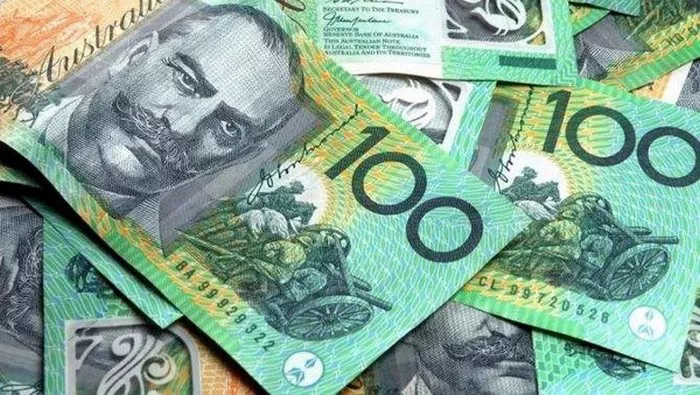On Wednesday, the Australian dollar (AUD) exhibited a rally, buoyed by improving risk appetite, while the U.S. dollar (USD) faced potential weakness amid speculation about the Federal Reserve’s dovish stance on interest rates. The AUD/USD pair, currently trading below its recent high of 0.6840, reached its highest level in almost five months.
The Australian dollar’s resurgence found support from the Reserve Bank of Australia (RBA), which conveyed a hawkish view fueled by robust inflation and stable house prices. The upcoming year is poised for a potential clash between expectations of interest rate cuts and the RBA’s resistance. The RBA may continue to evaluate the need for further action, especially as its latest forecast approaches the upper end of its 2-3% inflation target by the end of 2025.
Meanwhile, concerns about China’s economic growth surfaced as industrial profits fell 4.4% year-on-year from January to November, emphasizing the need for additional policy support to boost the world’s second-largest economy. The RBA’s hawkish stance may be influenced by China’s role in shaping the global economic landscape in 2024, especially with the potential for stimulus measures.
The U.S. dollar index (DXY) experienced downward pressure amidst growing speculation that the U.S. Federal Reserve (Fed) could adopt a more accommodative monetary policy. A decline in U.S. Treasury yields further contributed to the weakening of the U.S. dollar’s strength.
Former Dallas Fed President Robert Kaplan shared insights on Tuesday, cautioning against repeating past mistakes of being overly accommodative for too long. He emphasized the importance of the Fed avoiding excessive restrictions and striking the right balance in response to economic indicators.
As the AUD/USD pair navigates these dynamics, global markets will closely watch the interplay between risk sentiment, central bank policies, and economic data, shaping the trajectory of the Australian dollar and its U.S. counterpart in the coming sessions.


